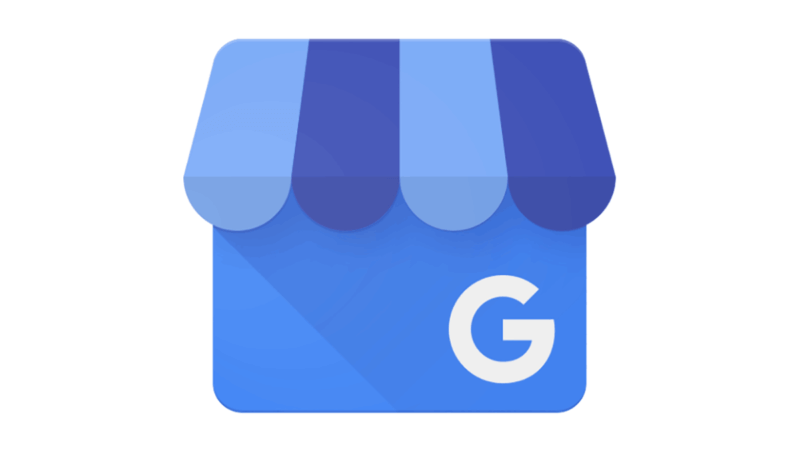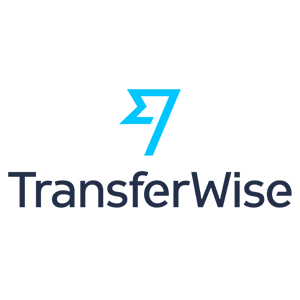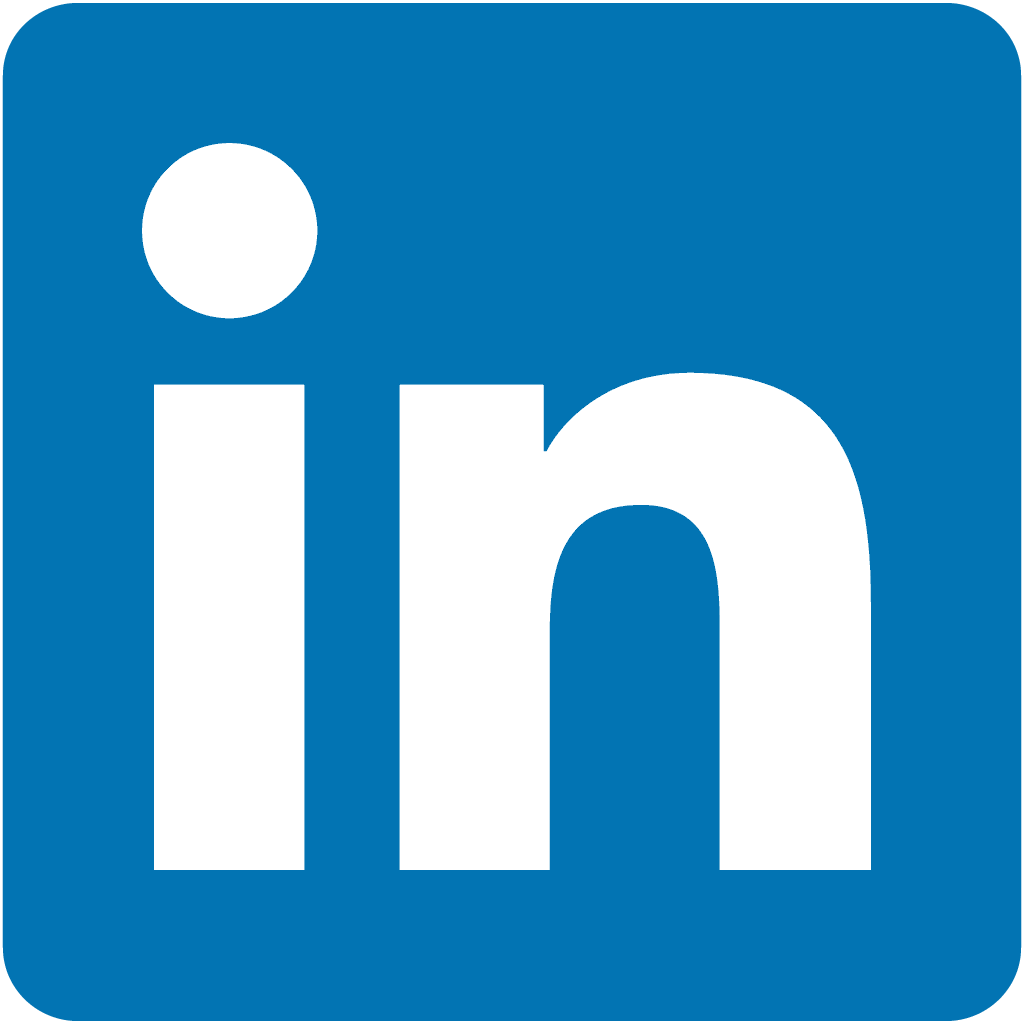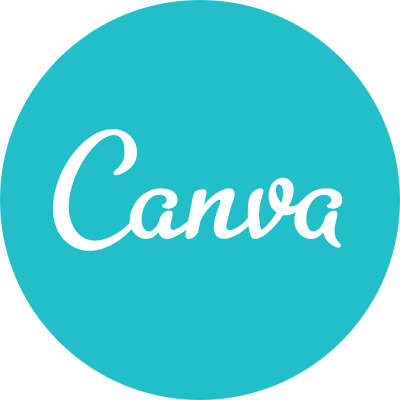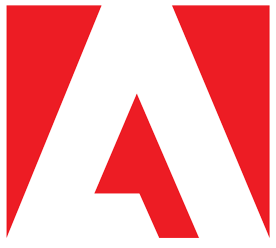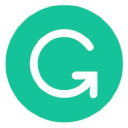Inspired By The Game Dev Industry, I Built A $5M/Year Game Art & Dev Studio
Hello! Who are you and what business did you start?
Hello! My name is Pavel Konstantinov and I’m the founder of RetroStyle Games, a game art & development studio. My company does 2D and 3D game design and has over 100 projects a year.
The game development niche is one of the fastest-growing and potential markets at this moment. The main part of customers are from the US, EU, and South Korea, that is the countries where the gaming industry is already developed.
We started our journey over 15 years ago with the one mobile game called “Mars Miner”, but have grown to a full-sized company only 2-3 years ago. As is often the case with the outsourcing field, company development is uneven - you can be in the same state for a year, or grow several times in a couple of months thanks to a successful big project.
Our turnover is about 4.5-5 million dollars/year, with most of the money we invest back into our growth, despite the war in Ukraine where our main office is based.

What's your backstory and how did you come up with the idea?
I always liked playing computer games, and in 2007 I concluded that I should try to make something of my own. The turning point was when I saw an interview with the developers of a game called "The Witcher".
The people who worked on this project had no margin for error, and they put everything on all-in to make their own game. And guess what? They succeeded.
Now their company “CD Project Red” is one of the biggest game developers in Poland and Europe including.
By that time I had already read some books on game design and development, so we got together with my friend and started developing our own game in our spare time. The complete development took over 1.5 years.
It wasn’t a hit at all but it showed that we can develop a game from concept to a finished product available to players. I was a 3D artist myself and did all the artwork and level design for our first game.
A bit later - Apple’s Appstore was launched and organically we decided to try developing games for that platform. Our first huge success was the mobile game “Spirit Run”. The idea of the game is simple you have to run forward and avoid all the barriers on your way.
We were partially inspired by the original game “Temple Run”, but the idea of characters turning into spirit animals was something not found on the mobile market back then.

The game development process takes a large amount of time when compared to the same drawing of game art. So we started with freelancers who worked part-time with us. After our first success, we invited them to work full-time in the office.
We started working from a small sweaty office on the outskirts of Kyiv and have grown from 3-5 employees to almost 100 during the last 3 years. We were self-funded from the first day which requires a lot of time, dedication, and passion to properly grow.
To understand: only during the war we grew more than 2 times thanks to our focus on the global market.
I don’t advise you to find excuses and blame circumstances for the fact that your business isn’t developing. If you work hard, stay open to new things, and always try to find new solutions, success will find you.
It's much easier to develop something you love, so be passionate about your business. Before I started my company, I realized that I liked game development and wanted to make it my life's work.
Take us through the process of building the first version of your product.
We are developing games using the Unity game engine and the usual process starts with Market / Reference gathering and prototyping. In my opinion, supply and demand research is one of the important ones in any business.
You can make the best and highest quality product - but if there is no demand for it, you will not be able to "sell" it to anyone.
For our Last Pirate game, pre-production took about 2-4 weeks and MVP (minimum viable product) was done for 2 months. In the case of a game on the Unity game engine, their Unity Asset Store has a lot of assets to speed up our game production.
Obviously, like many development businesses - our goal was to make the product acceptable in terms of quality/speed of development. Usually, we try to keep our MVP costs at a minimum and count for organic ads during the first weeks of launch.

For mobile games, the most important thing is the store listing - this is essentially how you design the app icon/product name/screenshots. It's better to look at successful examples, visualize your product based on them, and follow them from the first day.
To make it clearer, imagine that your potential customer has 3 seconds to look at your logo and realize whether it's worth downloading and donating money to your game.
When we saw that the Early Access launch on Google Play was successful and the game was positively accepted by players - we decided to hire more people on our team.
We believe that the quality of our art and portfolio directly influences our sales - the better we do, the better the outcome.
Describe the process of launching the business.
Launching RetroStyle Games was a journey that began with a passion for game development. In the early days, I relied largely on forums and game developer communities to find my first clients. I must say that the first stage is always the most difficult, and it is your efforts in the beginning that will show whether your company will exist or not.
Our website served primarily as a platform for game downloads.
For example, here is how our site looked in February 2012:

Over time, the website evolved into a portfolio showcasing our work, but we also recognized the importance of having a presence on platforms like Artstation, Behance, Upwork, YouTube, Facebook, and Twitter.
Compared to 10 years ago - it's safe to say that now it's not only the experience of your team that matters, but also a good-looking website.
This is the first thing that catches the eye of your potential clients:

We paid close attention to SEO, understanding its importance in driving traffic to our site. As soon as we could, we invested in Google Ads and built a sales team to further expand our reach.
The niche of game development is very specialized, so the cost of attracting a single customer can be very high. For example, for one-click from a potential client in Google Ads, we can pay from $5 to $20. The business was self-funded, and while it was a challenging process, it was also incredibly rewarding.
Since launch, what has worked to attract and retain customers?
Our primary strategy for attracting and retaining customers has been to deliver the best work possible. We believe that the quality of our art and portfolio directly influences our sales - the better we do, the better the outcome.
We also offer free Unity and Unreal assets on our site and stock marketplaces. These free-to-download assets often drive clients to us, sometimes months or even years after the initial download. In a business like GameDev, it is important to think strategically. You can't sell your product quickly and then get a new product batch and sell it again as quickly as possible and forget about it.
The importance of developing long-term relationships in the gaming industry is critical. For example, we have several game developers with whom we have been collaborating on different projects for more than 5 years.
SEO has been critical at every step, and for us as a game studio, ASO (App Store Optimization) is also important.
We are constantly doing A/B testing for our App Icons / Screenshots and Appstore Description.
Here's an example of how your game's different icons affect how users interact with your game:

How are you doing today and what does the future look like?
Today, RetroStyle Games is profitable, despite the challenges posed by the war in Ukraine and the IT crisis. We have plans to open our third office in Kyiv and expand our portfolio with more successful game projects.
Our operations have grown significantly since our launch, and we're excited about the opportunities that lie ahead.
Through starting the business, have you learned anything particularly helpful or advantageous?
One of the most important lessons I've learned is the value of relationships and curiosity. It's crucial to do your job as best as you can. Our main mistake was remaining small despite having the ability to grow.
With proper processes, it's much easier to organize a team of 100+ employees than to work with a team of 10. We prefer working from an office and have found remote work to be less effective for us. Thanks to the coronavirus, we realized how important human communication is for our employees. The right arrangement of tasks in the office helps to organize work more effectively.
What platform/tools do you use for your business?
We rely on a variety of platforms and tools for our business. Google Play and Apple Appstore are our main markets for mobile game publishing, and we want to develop games for PC and game consoles in the future.
In terms of tools, we mainly use Coda.io to organize project notes, Float for our team’s timeline and time tracking, and Monday as a cross-team task organizer, leads, HR tracker, and analytics. Despite its quirks, we use Skype as our main messenger, and we use Google Workspace for cloud tools.
We also use Upwork and LinkedIn for additional leads, though we have a lot of organic clients. Now that the Covid pandemic is past, we're trying to visit as many IT and GameDev conferences as we can.
What have been the most influential books, podcasts, or other resources?
The books that have had the most influence on me and my approach to business are:
1) "Rich Dad, Poor Dad" (Robert Kiyosaki) This book contrasts two different perspectives on wealth and education, represented by the author's view. It emphasizes financial education, including understanding assets and liabilities.
2) "Measure What Matters" (John Doerr), introduces the concept of Objectives and Key Results (OKRs), a goal-setting system. It emphasizes the importance of setting clear, measurable goals and aligning them with the company's mission.
3) "Who: The A Method for Hiring" (Randy Street, Geoff Smart), presents a systematic method for hiring the right people, known as the "A Method". It includes a step-by-step guide to the hiring process, from defining the job to making the offer.
Despite the size of the company (+80 employees), I participate with the HR staff in every interview of new hires.
These books have provided valuable insights into financial literacy, goal setting, and leadership.
Advice for other entrepreneurs who want to get started or are just starting out?
My advice to aspiring entrepreneurs is to start, make mistakes, and get better. Many people fail simply by not starting and overthinking.
It's much easier to develop something you love, so be passionate about your business. Before I started my company, I realized that I liked game development and wanted to make it my life's work. That being said, I've met quite a lot of entrepreneurs who burned out on what they were doing. They had the money, but they didn't have the desire to move forward.
Be fair but critical in your decisions and opinions. Always remember that if you are a captain who does not listen to the staff, your ship may meet an iceberg that you haven’t had time to recognize.
It's hard to lead others when you're unsure. So, take the leap, learn from your mistakes, and keep improving.
Are you looking to hire for certain positions right now?
We are constantly on the lookout for Business Development Manager (sales area) positions and are also experimenting with sales from other countries.
If you're interested in joining our team and love our work, feel free to contact us through the form on our site.
Where can we go to learn more?

Download the report and join our email newsletter packed with business ideas and money-making opportunities, backed by real-life case studies.

Download the report and join our email newsletter packed with business ideas and money-making opportunities, backed by real-life case studies.

Download the report and join our email newsletter packed with business ideas and money-making opportunities, backed by real-life case studies.

Download the report and join our email newsletter packed with business ideas and money-making opportunities, backed by real-life case studies.

Download the report and join our email newsletter packed with business ideas and money-making opportunities, backed by real-life case studies.

Download the report and join our email newsletter packed with business ideas and money-making opportunities, backed by real-life case studies.

Download the report and join our email newsletter packed with business ideas and money-making opportunities, backed by real-life case studies.

Download the report and join our email newsletter packed with business ideas and money-making opportunities, backed by real-life case studies.



